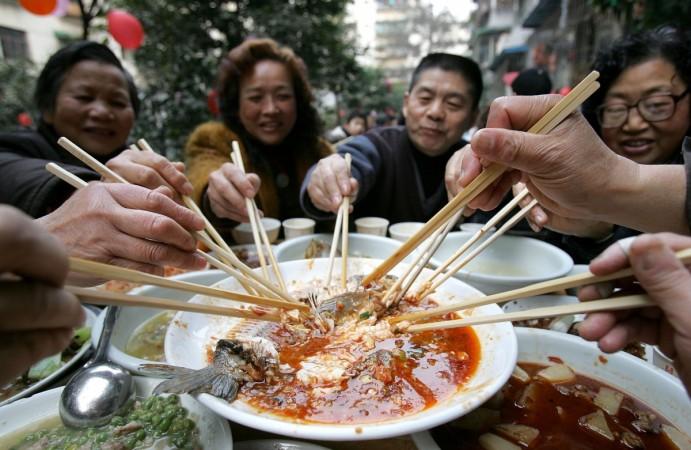
Food plays a significant role during Chinese New Year celebrations and is of great importance in the Chinese culture. Certain dishes that are considered lucky are served during the two-week-long celebrations, also known as Spring festival.
In Chinese culture, the way a dish looks or the way the Chinese word for a particular dish sounds makes it special. Serving a whole chicken symbolizes family togetherness whereas noodles represent long life. If old superstitions are to be believed, cutting a noodle would bring bad luck. Tangerines and oranges in Chinese are similar in sound to the words luck and wealth respectively, hence they form a popular part of the celebrations. Pomelos or the grapefruit sound like the word "to have" and hence signifies abundance.
From appetizers to desserts, here are seven popular Chinese New Year dishes and their significance.
Jiaozi
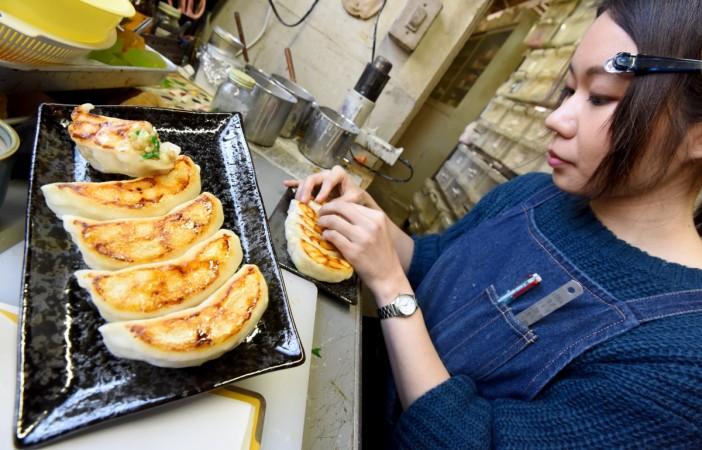
These crescent-shaped dumplings signify family reunion. In northern China, families spend New Year's Eve together and prepare the dumplings. A gold coin is hidden inside one of the dumplings and one who finds it is the lucky one. The dish is eaten at midnight. The crescent-shaped Jiaozi symbolizes wealth and prosperity as it resembles the ancient Chinese currency or silver ingots.
Steamed whole fish or Yu

The Chinese saying that goes with this dish is "nian nian you yu," which means "may the year bring prosperity." In Chinese, the character for prosperity Yu is a homophone for the word for fish Yu. A whole fish symbolizes unity and abundance in a family. The fish is steamed with ginger and light soy sauce, keeping the head and tail intact. It is customary to wrap up the evening meal with the steamed whole fish and it is also believed that families should keep leftovers of the dish for the next day as it symbolizes overflowing prosperity.
Jai
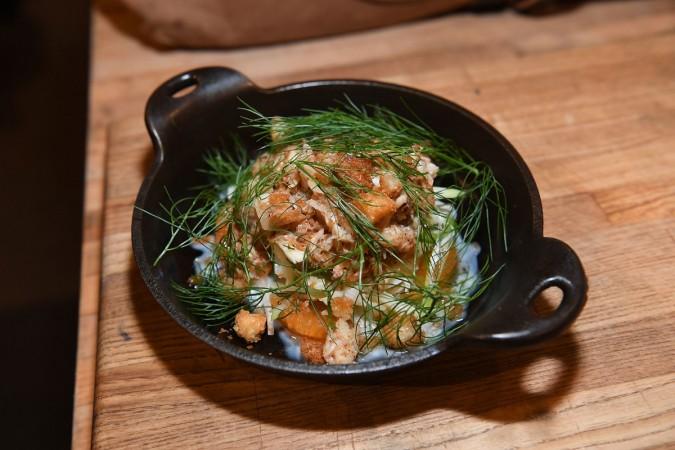
The dish, popularly known as Buddha's Delight, is a traditional vegetarian dish for Chinese New Year. According to Buddhist traditions, no animal or fish should be killed on the first day of the lunar year. Vegetables including lily buds, fungus, mushrooms are all included in the dish, which is considered a purifier.
Peking duck

Duck in Chinese culture symbolizes fidelity. It is known for its thin, crispy skin and tender, juicy meat. The history of this dish goes back to the days of the Ming Dynasty. The duck recipe was a significant part of the imperial court's menu. It eventually became China's national symbol.
Sweet and sour pork
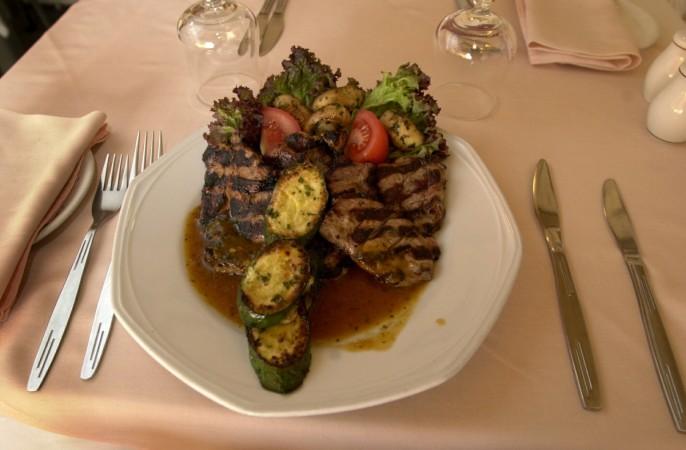
In Chinese culture, sweet and sour pork brings grandchildren to families. The Cantonese word "sour" is similar in sound to the word "grandchildren." The dish is a blend of different kinds of sauces popular in Cantonese cuisine.
Rice cake or Nian Gao
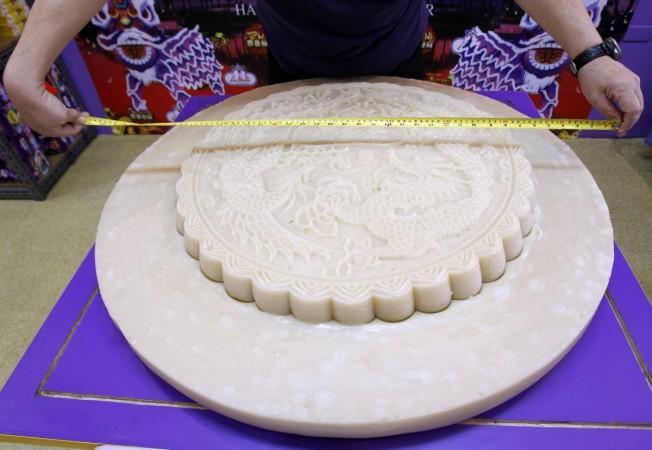
This dish has a history of 3,000 years. The Chinese word for rice cakes, nian gao is similar in meaning to the Chinese phrase "nian nian gao sheng," or "increasing prosperity year after year." Rice cakes signify the beginning of the harvest month in spring and come in various flavors.
Turnip cake or Luo buo gao
Turnip cakes originated in China's Guangdong province. The dish is also popular in Taiwan because the Taiwanese term for turnip cakes "cai tao gui" is a homonym for the term fortune. Cao tao gui is also similar to the Chinese phrase "hao cai tao" which means good fortune. The dish is a must-have for Cantonese people as well and is served either steamed or fried.
Source: LA Weekly

















